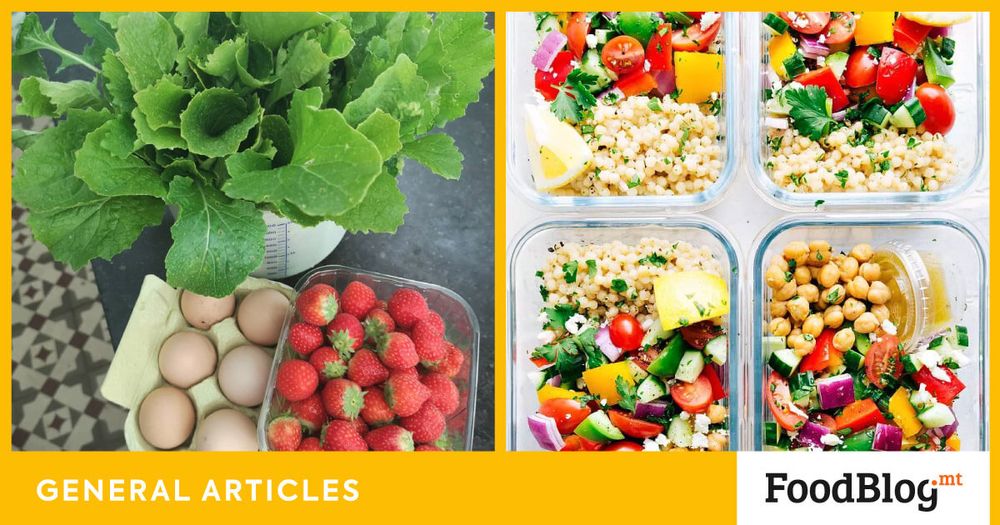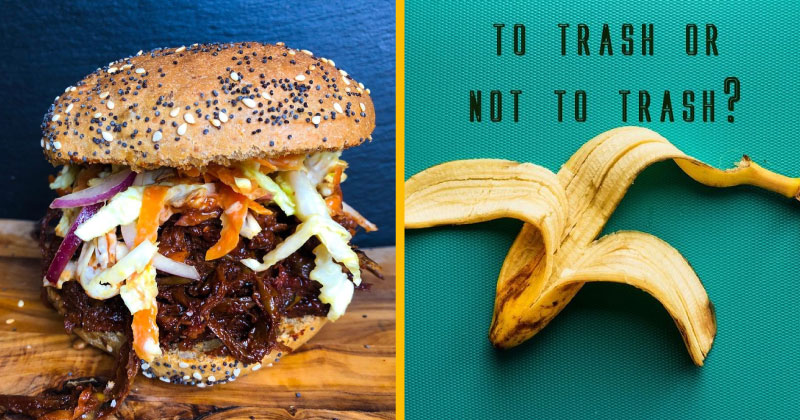Kitchen essentials: make the most out of your fresh produce! ♻️

Cooking at home is great. Using fresh ingredients - even better! Cooking fresh dishes at home with no waste - jeez, that’s like top scale! Well, we’re here to share a few secrets on how to minimise your food waste; giving that organic waste bag, a once-a-week gig!
Let's start off by saying that attempting to live a zero-waste lifestyle is no picnic at first; it’s a great deal of effort and requires some organisation - but once you get the hang of it; it’s super fun and it just becomes second nature. This is a task that’s three years in the making and still requires some adjustments from my end, but I’m here to share some basic tips and tricks to start you on your path to minimal waste. 👋
Step 1: buy fresh, local produce
This might sound obvious, but it’s easily forgotten. Frozen fruit, veg and even meat products come in plastic bags and foreign produce is often wrapped in plastic too; plus it travelled a long way to get to our tiny island - wouldn't you rather potatoes that were grown from our soil?
If you can, always buy local, organic certified goods - the taste is miles better.
Step 2: prep, pack, freeze
If you know that you’re prone to throwing away fruit and veggies, prepare a rough week plan, try your best to stick with it and freeze the rest of your super fresh produce. Most of us are probably placing orders online and getting boxes of beautiful fresh fruit and veg delivered straight to our doors. Why not plan your delivery day with a follow-up meal prep sesh?
Portion your veg for curries, stir fries, ramen or even a ratatouille and prep some fruit for juices, smoothies or sorbets. No waste and it’s super convenient. ♻️
Step 3: scraps and end bits
During the winter months, saving your scraps is the perfect homemade stock solution; but it can also be useful for summer prep too. Stock can be used to power up your hot dishes or even act as a replacement for simple, salted boiling water to cook rice, pasta or other grains. This stock replacement can be made with both veggie scraps and meat trimmings or bones.
If stocks aren’t your jam; use veggie scraps to create oven-baked chips, extra fresh fruit for dehydrated snacks and fresh meat cuttings for added flavour in your meals. You could cook up pork or beef trimmings, or crisp up chicken skin to add some great flavour to your otherwise healthy salads. 🥕
Step 4: learn and adapt
There’s no one rule, no ultimate guide that works for every household, it’s all about learning about your eating and cooking habits and adapting as much as possible to reduce waste wherever possible.
This journey can be one of two things; a super frustrating waste of time, or an enlightened way of organising your kitchen practices. If you start off simple, tackle one food waste element at a time and figure out what you could do with it to fit your palette, you’re already on the right track. There are hundreds of things you can do with food waste; it’s all about finding your rhythm to save food, time and money while eating fresh, locally sourced, seasonal produce with a conscious effort. 🧘
Would you like to learn more minimal waste kitchen pointers? Share your eco-tips with us on @foodblog.mt; we’d love to see what you’re doing to give Mother Nature a hand.









Comments